
by larryw | May 15, 2021 | Anniversary, Recognitions
Armed Forces Day is a day to pay special tribute to the men and women of the Armed Forces. President Truman led the effort to establish a holiday for citizens to unite and to honor our military heroes for their patriotic service in support of the United States of America.
Armed Forces Day is a joint celebration of all six branches of the U.S. military: Air Force, Army, Coast Guard, Marine Corps, Navy, and the newly created Space Force. The day honors all people currently serving in the U.S. armed forces. This includes the men and women who have served or are serving in the Army, Navy, Marine Corps, Air Force, Space Force and Coast Guard, including the National Guard and Reserve components.
Today, and every day, we reaffirm our unwavering support for the millions of American patriots who fill the ranks of our Armed Forces. We are eternally grateful for every Soldier, Sailor, Airman, Marine, Coast Guardsman, and member of the Space Force, and we deeply appreciate the sacrifices their families and loved ones make on our behalf.
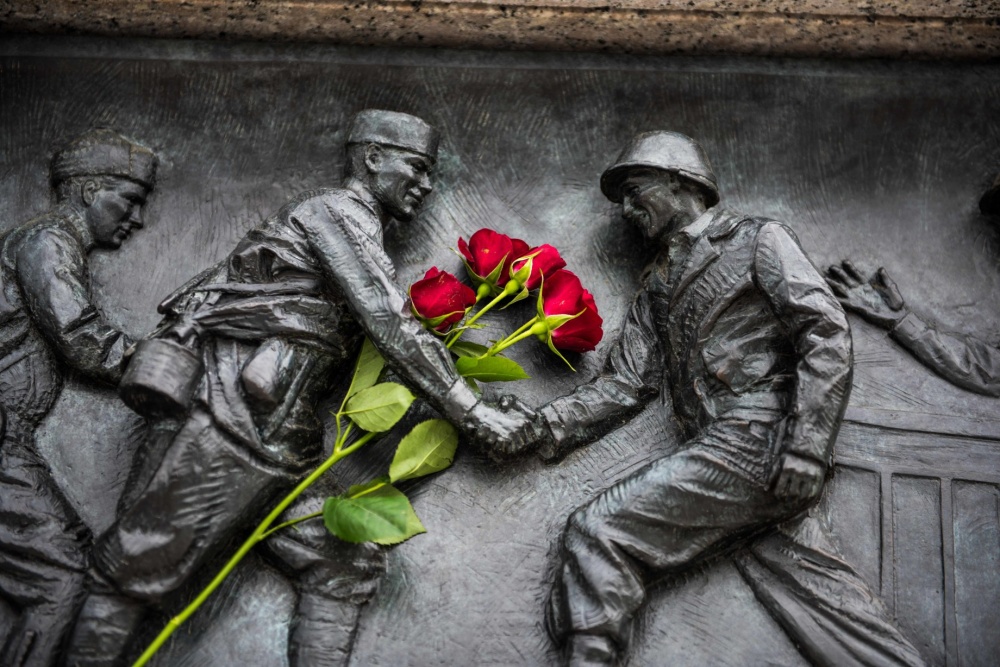
by larryw | May 8, 2021 | American Legion Post 178, Anniversary, Recognitions
On May 7, 1945, the Allied forces of the United States, the United Kingdom, France, and the Soviet Union forced the unconditional surrender of Nazi Germany. The following day, May 8, citizens around the world celebrated the news of “Victory in Europe (V-E) Day.” It celebrated the formal acceptance by the Allies of Germany’s surrender of its armed forces, marking the end of World War II in Europe. It was the first hurdle on the path to ending World War II.
V-E Day was by no means the end of the war. It would be another four months before Japan would surrender to the Allies in Tokyo Bay on September 2, 1945, known as “Victory over Japan (V-J) Day.”
May 8 had been a long time coming. The tide had changed in favor of the Allies after the Soviets held back the German army at Stalingrad, in a bitter five-month campaign in 1942-43. With the Nazi war machine checked, there was light at the end of the tunnel. However, for two more years battles raged on land, sea, and in the air. Millions of people would lose their lives. Cities, towns, whole communities were lost overnight.
At the World War II Memorial, 24 bas-relief sculptures recount the progress of United States war effort. The last bas-relief depicts the overwhelming excitement of soldiers, sailors, airmen, and civilians alike on V-J day, but it easily translates to the emotions felt and expressed on V-E Day.
V-E Day is celebrated every year. During anniversary observances, fewer and fewer of those who witnessed it are with us. Visiting the World War II Memorial in Washington, DC ensures that while their presence may be soon lost, their legacy will remain.
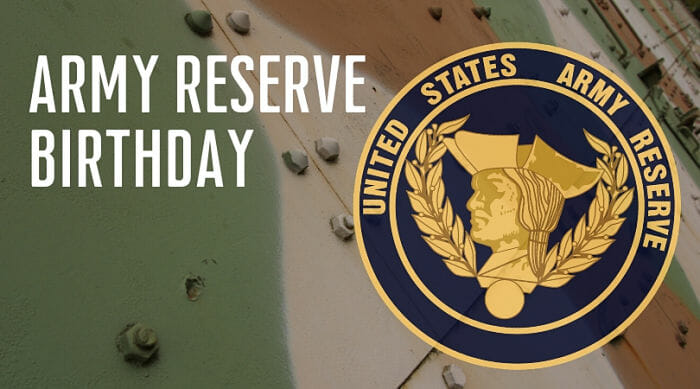
by larryw | Apr 23, 2021 | Anniversary, Army
The United States Army Reserve celebrates its 113th birthday in 2021. That century-plus milestone is a significant achievement for what the Army Reserve official site describes as “the most capable, combat-ready, and lethal Federal Reserve force in the history of the Nation” and while the United States Marine Corps Reserve might take a bit of exception to that statement, there is no denying that the Army Reserve has played an important role in American military history.
The Army Reserve celebrates its contributions to two World Wars, the Cold War, Korea, Vietnam, Persian Gulf War, and many other missions.
There are Army Reserve communities located in every state in the Union, plus the District of Columbia, Guam, American Samoa, Puerto Rico, and the U.S. Virgin Islands. Reservists have deployed to roughly 30 countries.
Today the U.S. Army Reserve rotates its part-time troops through active-duty mobilizations and monthly training. Some are categorized as “Army Reserve troop program units,” some serve as Individual Mobilization Augmentees (IMA), and still others are placed as non-drilling Individual Ready Reserve members. Army Reservists also have the option to serve on active-duty status known as AGR or Active Guard/Reserve status.
The role of the Army Reserve is more critical than ever in an age characterized by the persistent presence of asymmetric threats of terrorism and radical groups as well as the emerging, dynamic, and highly contentious challenges presented by potential adversaries with the capability, propensity, and willingness to contest America’s military power in all domains.” The Army Reserve continues to play an important part in national defense, humanitarian outreach, and combat operations.
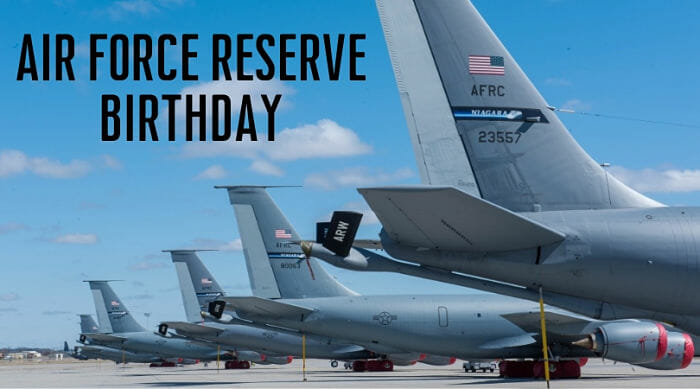
by larryw | Apr 14, 2021 | Air Force, Anniversary
The United States Air Force Reserve celebrates its birthday every year on April 14, but according to the Air Force official site, Air Force Reservists can trace their heritage all the way back to the National Defense Act of 1916.
Reservists in every branch are an important part of the Department of Defense’s strategy for manpower, global reach, and military flexibility. The Air Force Reserve has approximately 450 aircraft, with a great deal of additional aircraft options thanks to the practice of the “associate wing” organization that allows active duty and Reserve components to co-locate flying operations.
The Air Force Reserve is not specifically focused solely on flying missions. Reserve forces include (but are not limited to) medical, civil engineering, intel, space force-type operations, and security.
The Air Force Reserve was created on April 14, 1948 soon after the establishment of the Air Force as a separate branch of service. Before the creation of a separate Air Force, the Army Air Corps flew America’s combat missions, and that organization had its own Reservists. They were transferred wholesale to the Air Force.
1970 brought something called the Total Force Concept, which meant changes in the mission and use of the Air Force Reserve. Concept became policy in 1973; the Air Force Reserve became a multiple mission force flying the same aircraft as active-duty forces.
In the 1980s, there was a push to modernize and expand the Air Force Reserve program. Reservists began flying KC-10 tanker aircraft mid-air refueling missions, plus fighter jet missions in the F-16. The Reserve force would be an important part of both Gulf War missions and that era marked a new chapter in the Reserve force as it became utilized more and more to extend the effectiveness of the total force.
In the aftermath of September 11, Air Force Reserve crews were instrumental in air combat patrol missions in American airspace; those missions included both fighter jet operations and tanker air refueling missions. The present-day Air Force Reserve force includes more than 70,000 Americans serving worldwide.
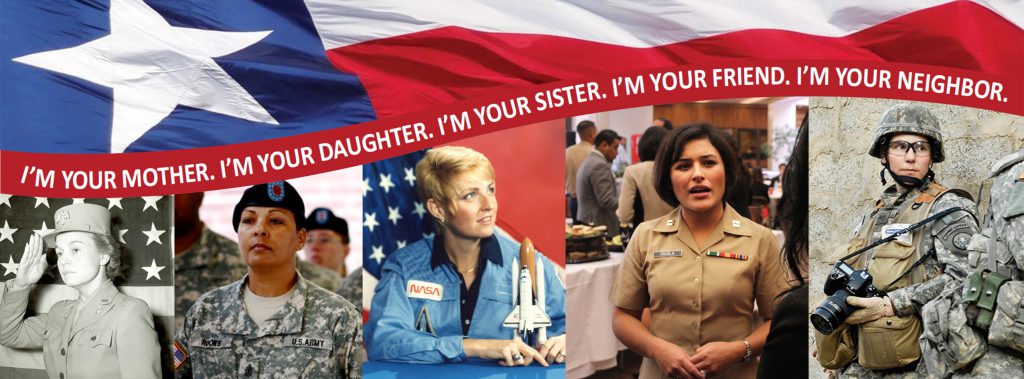
by admin | Jun 11, 2020 | Anniversary
This year we celebrate 72 years of women in the armed services. On June 12, 1948, President Harry Truman signed into law the Women’s Armed Services Integration Act allowing women to serve as regular members of the military.
On May 5, 2017, Representative Victoria Neave filed House Bill 2698, establishing Women Veterans Day. HB2698 was later incorporated into Texas Senate Bill 805 and on June 9, 2017 was signed into law by Governor Greg Abbott designating June 12th as Women Veterans Day.
Read more (link opens in new tab)
Image is from the Texas Veterans Commission website.
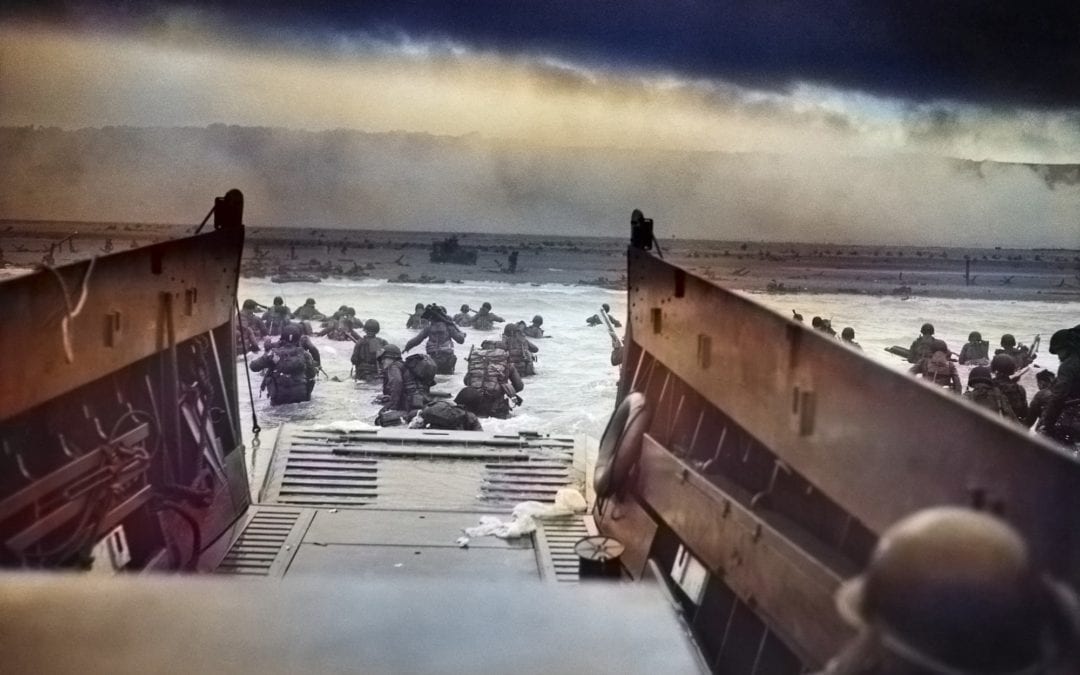
by admin | Jun 6, 2020 | Anniversary
During World War II (1939-1945), the Battle of Normandy, which lasted from June 1944 to August 1944, resulted in the Allied liberation of Western Europe from Nazi Germany’s control. Codenamed Operation Overlord, the battle began on June 6, 1944, also known as D-Day, when some 156,000 American, British and Canadian forces landed on five beaches along a 50-mile stretch of the heavily fortified coast of France’s Normandy region. The invasion was one of the largest amphibious military assaults in history and required extensive planning. Prior to D-Day, the Allies conducted a large-scale deception campaign designed to mislead the Germans about the intended invasion target. By late August 1944, all of northern France had been liberated, and by the following spring the Allies had defeated the Germans. The Normandy landings have been called the beginning of the end of war in Europe.
Read the whole article here: https://www.history.com/topics/world-war-ii/d-day
Picture is from the original article.






